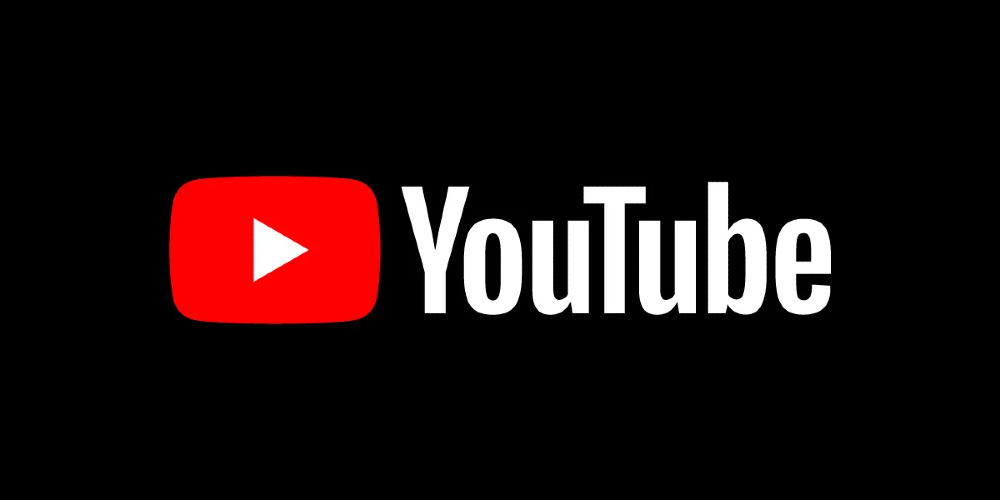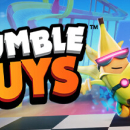YouTube Implements New Guidelines for AI-Generated and Manipulated Media
Nov-14-2023

As technology continues to evolve, YouTube is addressing the challenges posed by artificial intelligence in the creation of digital content. In a recent update shared by Jennifer Flannery O'Connor and Emily Moxley, the leaders of YouTube's Product Management, the platform announced measures to manage AI-generated or edited media content. Content creators will now have to proactively indicate if their uploads consist of realistic altered or synthetic material. In the upcoming months, YouTube will roll out features allowing creators to classify their videos appropriately under these parameters. Failure to comply with these new disclosure requirements could lead to sanctions, including possible suspension from the YouTube Partner Program.
Furthermore, YouTube is introducing new labels to aid viewers in recognizing manipulated content. A notation will be added to the video description indicating the presence of synthetic alterations, enhancing transparency for the audience. Additionally, for videos that discuss sensitive content—such as election-related information or public health emergencies—a more prominent label will be integrated into the video player itself.
The growing issue of unauthorized AI-generated content depicting individuals' faces or voices has also prompted action from YouTube. Now, anyone concerned about their likeness being used without consent in AI-generated or digitally manipulated content can flag such material through YouTube's privacy request process. This option extends to the removal of AI-generated music that may be imitating known artists.
Alongside these safeguards, YouTube has rolled out novel AI enhancements aimed at boosting user engagement for its Premium subscribers. A feature-rich chatbot is designed to provide answers to viewer queries about the video content without halting playback. Moreover, a sophisticated summarization tool distills user comments into concise themes, making it easier for viewers to grasp the general sentiment.
As these tools develop, the possibility of the chatbot being a resource to differentiate synthetic aspects of videos and explain their creation process is on the horizon, further enriching the viewer experience and ensuring an informed audience.








